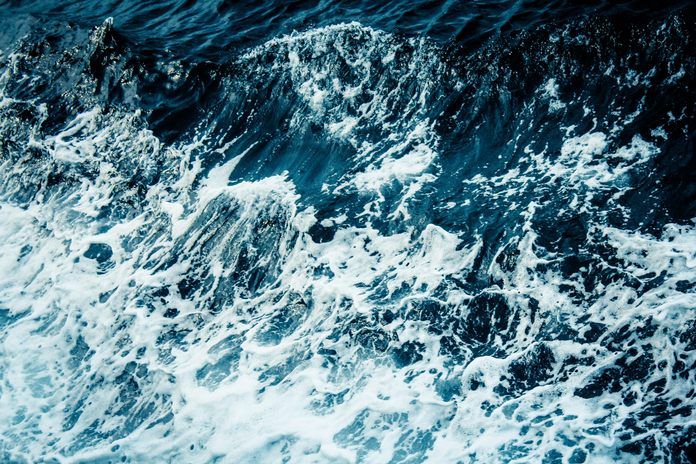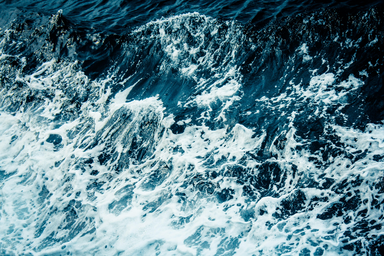Despite criticism for and claims of citing an outdated paper, confusing carbon stored by living beings and carbon stored in seawater, and providing incorrect statistics about bycatch, Netflix’s Seaspiracy manages to approach the pressing problem of ecosystem and wildlife decline in an effective manner—by educating the viewer on the dangers of industrial fishing while providing them with practical ways to practice sustainability.
The documentary highlights many of the major consequences of industrial fishing: food deprivation, marine animal death and extreme labor exploitations. “Marine reserves” often make a mockery of the term sustainable, as industrial fishing continues to be allowed inside of them.
Seaspiracy emphasizes the rapid loss of many types of marine life: only three percent of Pacific bluefin tuna are left, over 700 dolphins and whales are killed yearly in Taiji, around 11,000 to 30,000 sharks are killed every hour, and 85 percent of sea turtle species are either threatened or endangered. Unfortunately, this is just the beginning.
According to the Seaspiracy website, “The fishing industry kills more animals in a day than the Deepwater Horizon oil spill did in months.”

This is incredibly dangerous, considering scientists expect fishing to wipe out 90 percent of the world’s coral reefs by 2050. Additionally, over 90 percent of large fish have disappeared from the Caribbean and Pacific Islands, which the International Union for Conservation of Nature attributes to overfishing.
Seaspiracy also claims that metal straw use is almost useless; plastic straws comprise less than 0.04 percent of plastic in the ocean. The current environmental crisis isn’t going to be fixed by social media infographics and trendy ideas—fisheries must be held responsible, and the importance of this is reiterated again and again in the documentary.
The documentary goes on to cite a study from the Stanford Report that claims the oceans could be practically empty by 2048 if industrial fishing continues at the current rate. It’s also reported that 90 percent of the five percent of marine protected areas don’t completely prohibit fishing, and the Sierra Club stayed silent about this in order to avoid membership loss.
The impacts of fishing go beyond wildlife and ecosystem loss, however. The documentary also shares that the Ebola epidemic was connected to foreign subsidized fishing in West Africa and more than 20,000 fishery workers die every year because of their jobs.
In short, Seaspiracy claims that sustainable fishing is a scam, with irreversible consequences.
It’s possible to help, however. Ali Tabrizi, the director and star of the film, instructs the viewer to shift to a plant-based diet, fight for no-catch marine reserves and demand the destruction of all fishing subsidies.
You can learn more here.
Seaspiracy is available on Netflix and was produced by Kip Anderson and directed by Ali Tabrizi. In addition to Seaspiracy, Anderson has produced the documentaries Cowspiracy and What the Health. All of his work concerns plant-based eating and can be found on Netflix.
Want to see more HCFSU? Be sure to like us on Facebook and follow us on Instagram, Twitter, TikTok, Youtube and Pinterest!



